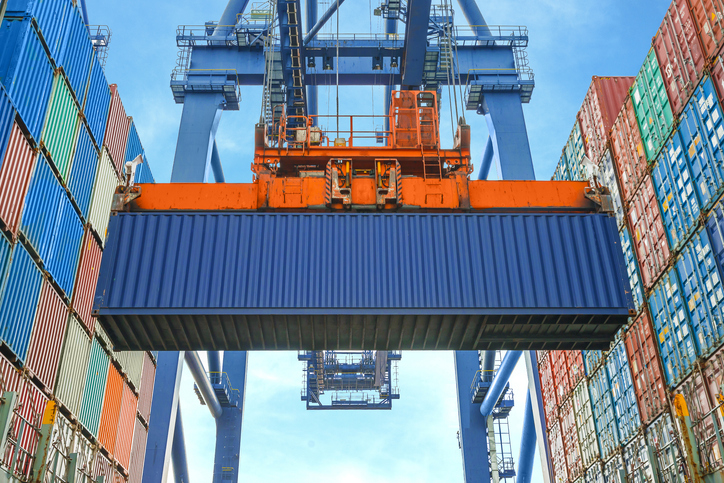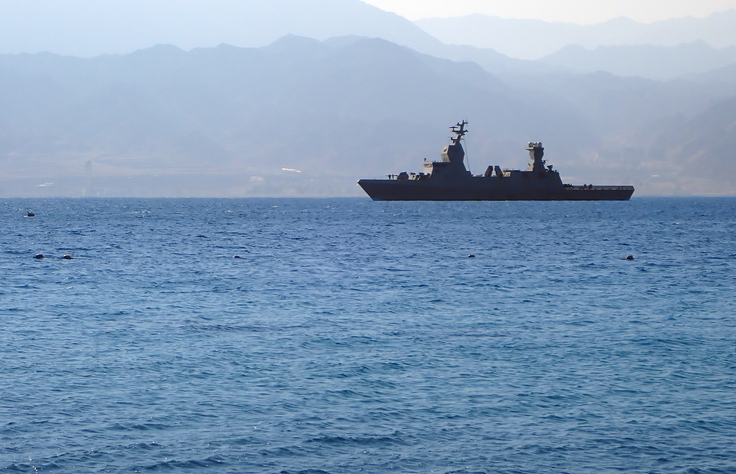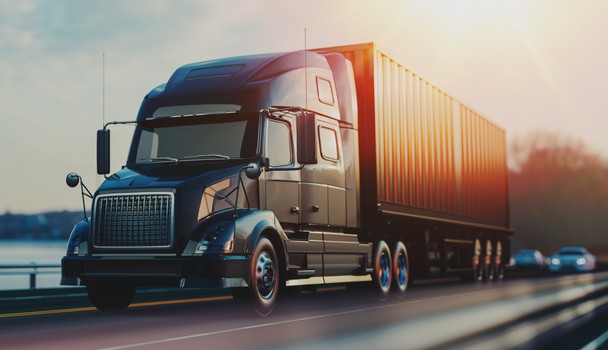
The Weekly Roar
In this week’s Roar: A new tariff factsheet, a new trade “deal”, Houthis’ plans to stand down, achieving scalable and clean transportation, and the challenges of shifting manufacturing.
How about some clarity for the convoluted tariff picture? A new tariff requirements for 2025 factsheet, issued by Customs and Border Protection outlines, in simple terms, the tariff changes implemented by US President Trump under the International Emergency Economic Powers Act (IEEPA) and Section 232 of the Trade Expansion Act of 1962. The document offers a concise view of the tariffs in place including the countries and commodities impacted. It is, of course, subject to change!
 The first of what could be many trade deals was announced Thursday with the US and UK agreeing on a limited bilateral trade agreement. Trump was quick to state the deal is not a template for other future agreements and that other trading partners may end up with higher tariffs due to larger trade imbalances. Notable within the announcement are the reduction of steel tariffs from 25% to 0%, and tariffs on autos being reduced from 27.5% to 10%. The other baseline tariff of 10% remains.
The first of what could be many trade deals was announced Thursday with the US and UK agreeing on a limited bilateral trade agreement. Trump was quick to state the deal is not a template for other future agreements and that other trading partners may end up with higher tariffs due to larger trade imbalances. Notable within the announcement are the reduction of steel tariffs from 25% to 0%, and tariffs on autos being reduced from 27.5% to 10%. The other baseline tariff of 10% remains.
After a false start earlier this year, a cease-fire in the Red Sea may be getting a second chance. President Trump has announced that the Houthi militia has agreed to cease attacks on Red Sea shipping. While meeting with Canadian Prime Minister Mark Carney, Trump stated that the Houthis have announced “they don’t want to fight anymore,” and that the US would “stop the bombings.” Finally (and fully) reopening this vital trade lane would be welcome by ocean freight shippers globally.
At the 2025 Advanced Clean Transportation (ACT) Expo, industry leaders addressed the need for a multifuel strategy to achieve scalable clean transportation. Speakers highlighted the importance of integrating various low- and zero-emission technologies, including biodiesel, renewable diesel, renewable natural gas, hydrogen fuel cells, and battery-electric vehicles. They feel this diversified approach will be essential to meet emission reduction goals across vehicle classes and varying operational needs. The consensus was that no single solution can address every challenge.
Companies often face difficulties as they shift from offshore manufacturing to nearshoring and reshoring, particularly supplier scarcity and higher operational costs. To deal with this, they’re using technologies like digital platforms, AI, and data analytics to help strengthen supplier relationships and optimize processes. Companies can monitor supplier reliability and secure alternative sources before major delays occur, and develop contingency plans for expected changes in demand due to tariff-induced fluctuations.
For the rest of the week’s top shipping news, check out the article highlights below.









